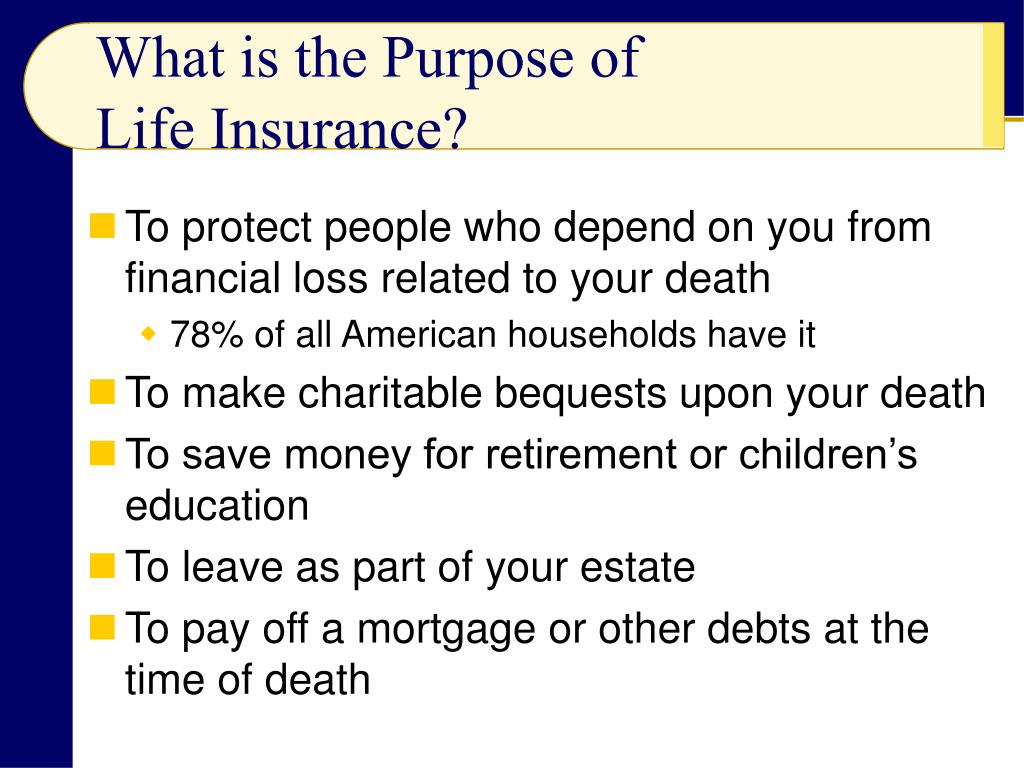Some Known Questions About Pacific Prime.
Some Known Questions About Pacific Prime.
Blog Article
Indicators on Pacific Prime You Should Know
Table of ContentsThe Of Pacific PrimeUnknown Facts About Pacific PrimeWhat Does Pacific Prime Mean?Indicators on Pacific Prime You Should KnowFacts About Pacific Prime Revealed

This is due to the fact that the information were gathered for a duration of solid financial performance. Of the estimated 42 million people that were without insurance, all however concerning 420,000 (regarding 1 percent) were under 65 years old, the age at which most Americans become eligible for Medicare; 32 million were grownups in between ages 18 and 65, about 19 percent of all grownups in this age group; and 10 million were youngsters under 18 years old, concerning 13.9 percent of all kids (Mills, 2000).
These quotes of the number of individuals without insurance are generated from the annual March Supplement to the Existing Populace Study (CPS), carried out by the Demographics Bureau. Unless otherwise kept in mind, national price quotes of people without wellness insurance coverage and proportions of the populace with different sort of protection are based upon the CPS, the most widely made use of source of estimates of insurance policy coverage and uninsurance rates.
The 6-Minute Rule for Pacific Prime

Still, the CPS is particularly beneficial since it creates annual estimates relatively rapidly, reporting the previous year's insurance protection approximates each September, and since it is the basis for a constant set of estimates for greater than two decades, enabling for analysis of trends in protection over time. For these factors, along with the substantial use the CPS in other studies of insurance policy coverage that are presented in this record, we rely upon CPS quotes, with limitations kept in mind.

The estimate of the number of without insurance people increases when a population's insurance standing is tracked for a number of years. Over a three-year duration starting early in 1993, 72 million people, 29 percent of the united state populace, were without protection for at least one month. Within a solitary year (1994 ), 53 million people experienced at the very least a month without protection (Bennefield, 1998a)
Six out of every 10 without insurance adults are themselves employed. Although functioning does enhance the possibility that one and one's relative will have insurance policy, it is not a warranty. Even participants of households with two full time breadwinner have virtually a one-in-ten opportunity of being uninsured (9.1 percent uninsured price) (Hoffman and Pohl, 2000).
Pacific Prime Fundamentals Explained
New immigrants make up a substantial percentage of individuals without medical insurance. One analysis has associated a significant portion of the current development in the dimension of the U.S. uninsured populace to immigrants that arrived in the country between 1994 and 1998 (Camarota and Edwards, 2000). Current immigrants (those that came to the USA within the previous 4 years) do have a high price of being uninsured (46 percent), however they and their kids account for just 6 percent of those without insurance policy nationally (Holahan et al., 2001).
The connection between medical insurance and access to care is well developed, as documented later on in this chapter. Although the relationship between medical insurance and health end results is neither straight neither easy, a substantial clinical and health learn the facts here now services research study literature links medical insurance coverage to enhanced access to care, much better high quality, and enhanced personal and population health status.
Degrees of analysis for analyzing the effects of uninsurance. This conversation of health and wellness insurance coverage concentrates mainly on the U.S. populace under age 65 since practically all Americans 65 and older have Medicare or various other public protection. It concentrates particularly on those without any kind of wellness insurance coverage for any size of time.
9 Easy Facts About Pacific Prime Shown
The problems faced by the underinsured are in some aspects similar to those dealt with by the without insurance, although they are usually much less extreme. maternity insurance for expats. Uninsurance and underinsurance, nevertheless, include noticeably various policy problems, and the methods for resolving them may differ. Throughout this research study and the five reports to follow, the main emphasis is on individuals without any medical insurance and therefore no support in paying for healthcare beyond what is available through charity and safety internet establishments
Medical insurance is an effective aspect impacting receipt of treatment since both clients and physicians react to the out-of-pocket rate of services - http://go.bubbl.us/e0d727/3ee9?/New-Mind-Map. Wellness insurance, however, is neither necessary neither enough to access to clinical services. Nevertheless, the independent and direct effect of health and wellness insurance coverage on access to wellness solutions is well established.
Others will get the healthcare they require even without wellness insurance, by paying for it expense or seeking it from carriers who supply treatment free or at extremely subsidized prices. For still others, medical insurance alone does not ensure invoice of care due to the fact that of various other nonfinancial barriers, such as an absence of health care service providers in their area, restricted accessibility to transportation, illiteracy, or etymological and social differences.
Not known Details About Pacific Prime
Official research about uninsured populaces in the United States dates to the late 1920s and early 1930s when the Committee on the Expense of Medical Treatment generated a series of records concerning funding physician office sees and hospitalizations. This problem ended up being significant as the varieties of clinically indigent climbed up throughout the Great Depression.
Report this page